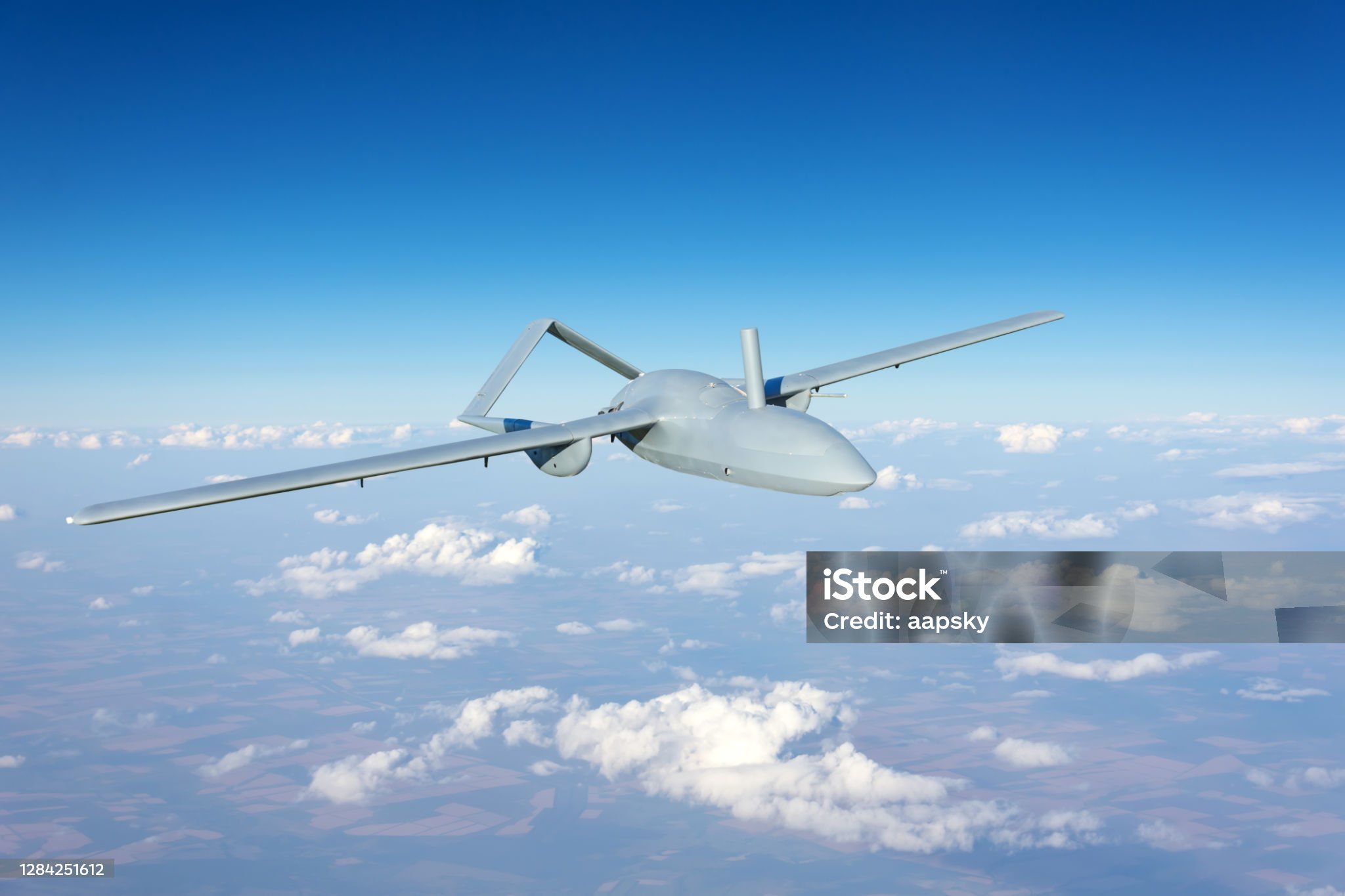Drones: Unleashing the Potential of Unmanned Aerial Vehicles
Introduction
Unmanned Aerial Vehicles (UAVs), commonly known as drones, have rapidly emerged as one of the most transformative technologies of the 21st century. Originally developed for military applications, drones have found their way into various sectors, revolutionizing industries and unlocking new possibilities. In this blog, we will explore the potential of drones and the impact they are making across diverse fields.
Enhancing Efficiency and Safety in Industries
Aerial Photography and Filmmaking: Drones equipped with high-resolution cameras and stabilizing gimbals have transformed the art of aerial photography and filmmaking. They offer unique perspectives, capturing stunning visuals that were once only possible with expensive helicopter or crane setups.
Agriculture and Farming: Drones are revolutionizing agriculture by enabling precision farming techniques. Equipped with multispectral sensors and cameras, they provide farmers with valuable data on crop health, irrigation needs, and pest detection, helping optimize yields and reduce resource consumption.
Construction and Infrastructure: Drones are used in construction and infrastructure projects for surveying, monitoring, and inspecting sites. They can quickly and safely gather data on project progress, perform aerial inspections of structures, and even create detailed 3D models for better planning and visualization.
Search and Rescue Operations: Drones equipped with thermal imaging cameras and GPS capabilities have proven invaluable in search and rescue operations. They can cover large areas quickly, locate missing individuals, and transmit real-time data to responders, aiding in faster and more effective rescue efforts.
Environmental Monitoring: Drones provide a cost-effective solution for monitoring and studying the environment. They can be used to track wildlife populations, monitor deforestation, assess the health of ecosystems, and even collect air and water samples for analysis.
Delivery Services: Companies are exploring the use of drones for last-mile delivery, especially in remote or difficult-to-access areas. Drone delivery has the potential to revolutionize logistics, reducing delivery times and costs while minimizing the environmental impact associated with traditional transportation methods.
Advancements in Technology and Capabilities
Autonomous Flight: Drones are becoming increasingly autonomous, capable of performing complex flight patterns and tasks without direct human control. This autonomy opens up new possibilities for applications such as package delivery, surveillance, and mapping.
Longer Flight Times and Extended Range: Technological advancements in battery life and energy efficiency are enabling drones to fly for longer durations and cover greater distances. Extended flight times enhance their operational capabilities and make them more suitable for long-range missions.
Advanced Sensors and Imaging: Drones are equipped with advanced sensors, such as LiDAR, multispectral, and hyperspectral cameras, enabling them to collect detailed data and capture high-resolution images. These capabilities are transforming industries such as mapping, surveying, and infrastructure inspection.
Collision Avoidance Systems: To enhance safety and prevent accidents, drones are equipped with sophisticated collision avoidance systems. These systems utilize sensors, cameras, and artificial intelligence algorithms to detect and avoid obstacles in real-time, reducing the risk of collisions during flight.
Regulatory Challenges and Future Outlook
While drones offer immense potential, they also pose challenges related to safety, privacy, and airspace regulations. Governments and aviation authorities are actively working to establish comprehensive regulations to ensure the responsible and safe integration of drones into airspace systems.
Looking ahead, the future of drones holds exciting prospects. Advancements in artificial intelligence, swarm technology, and beyond-visual-line-of-sight operations will further expand their capabilities. We can anticipate drones playing a significant role in disaster management, infrastructure development, transportation, and scientific research.
Conclusion
Drones are transforming industries, revolutionizing operations, and unlocking new possibilities. Their versatility, efficiency, and increasing autonomy make them invaluable tools across sectors, from agriculture and construction to photography and search and rescue operations. As technology continues to advance and regulations evolve, the potential of drones to shape our world in positive ways is truly remarkable.
Note: The information in this blog is based on the knowledge available up to September 2021, and there may have been further developments in drone technology and regulations since then.


Comments
Post a Comment